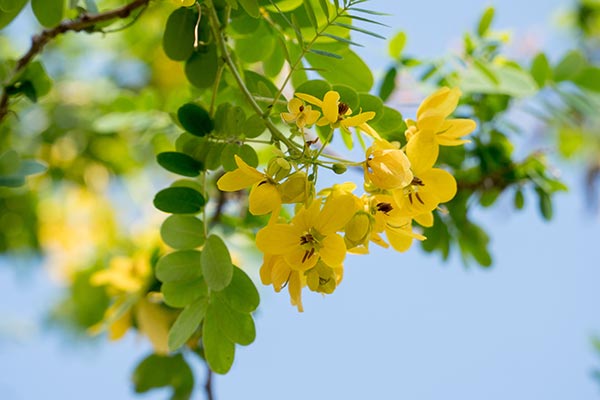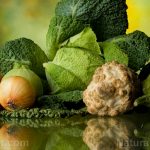Thursday, January 21, 2021 by Evangelyn Rodriguez
Researchers at the Vijaya Institute of Pharmaceutical Sciences for Women in India investigated the total phenolic content of Cassia siamea (yellow cassia) extracts and their in vitro thrombolytic activities. They reported their findings in an article published in the International Journal of Green Pharmacy.
- For their experiment, the researchers first prepared C. siamea aqueous and alcoholic extracts.
- They then performed preliminary phytochemical screening, followed by quantification of the extracts’ total phenolic content.
- The researchers also tested the extracts and one of the plant’s active components, pyrogallol, for in vitro thrombolytic activity using streptokinase (SK) as standard in human venous blood.
- They reported that the total phenolic content of the aqueous and alcoholic extracts of C. siamea were 3 mg/g and 0.3 mg/g equivalent of pyrogallol, respectively.
- Both extracts tested positive for phenolics and flavonoids.
- The percentage of clot lysis caused by standard SK was 2.25 percent, while the aqueous extract caused 14.50 percent.
- The ethanolic extract caused 18 percent clot lysis and pyrogallol alone caused 17.75 percent.
Based on these findings, the researchers concluded that the thrombolytic activity of C. siamea ethanolic extract may be due to hydrolysable tannin pyrogallol.
Read the full study at this link.
Journal Reference:
Vani M, Rani PV, Madhuri O, Sai Sree MV, Sai Ramya L, Chandrika MG, Padmalatha K, Supriya J. PHYTOCHEMICAL AND IN VITRO THROMBOLYTIC ACTIVITY EVALUATION OF CASSIA SIAMEA L., LEGUMINOSAE LEAF EXTRACTS, AND PYROGALLOL. International Journal of Green Pharmacy. 2019;13(3):213-217. DOI: 10.22377/ijgp.v13i3.2591








